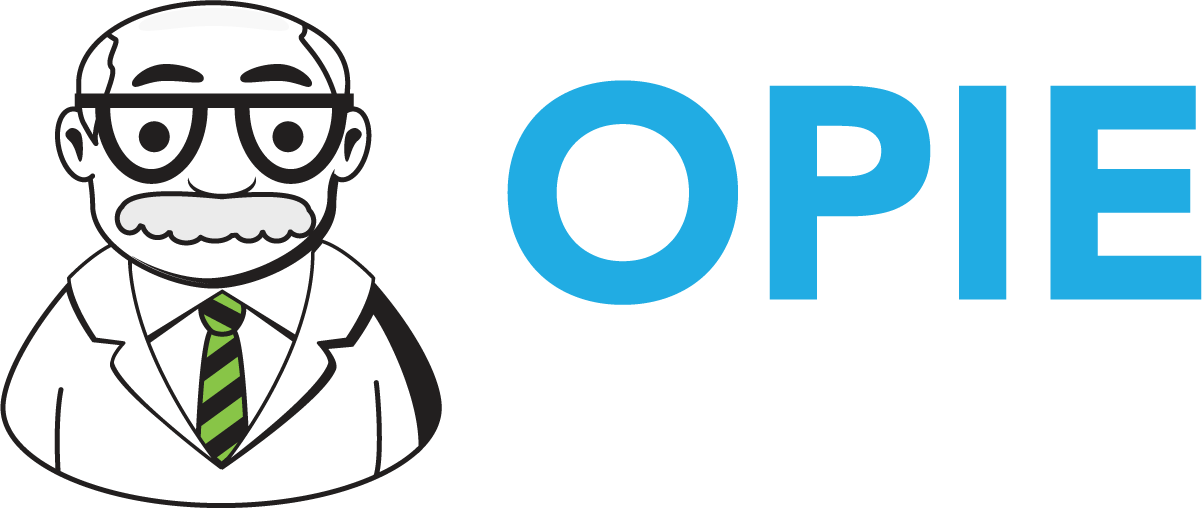Does Bureaucracy Drive You Crazy?
I have been preaching process, systems and efficiency for years. But like all things, there is a “dark side” or an unintended consequence of which we must be aware…Bureaucracy! If clear process is good, more clear process is better, right? Way back, when I was learning how to cook (I’m still learning) I found out that adding a little salt while cooking made my eggs taste better. Then I learned about seasoned salt…Oh man…that took my eggs to a whole other level. I wanted to impress some people who were at my house for breakfast, so I added a lot more seasoning salt. No one spit the eggs out (they were too nice), but the eggs were awful. I was so embarrassed. How does this relate to practice management?
Like my seasoned salt example, managers often find that a little clarity in process can make the workflow better. And then after a while, we ended up with a 20-page form asking for our shoe size and favorite ice cream flavor just to renew a driver's license. Why does this happen? It’s that same mentality that if a little is good, a lot must be better. Let's take a step back and look at why managers tend to create these overly complex processes, and why it's actually counterproductive.
Before throwing stones, we want to give our bureaucratic friends a little credit. They're not trying to make our lives miserable (well, most of them aren't, anyway). In fact, they're often trying to do the exact opposite - they want to create foolproof systems that account for every possible scenario. It's like they're playing a giant game of "What If?" and trying to win by covering all the bases.
So what happens when bureaucrats try to plan for everything? They end up creating processes that are so complex and convoluted that they actually become less effective. Instead, we should focus on establishing clear principles that guide decision-making. This approach not only simplifies our processes but also shows trust in our team's judgment and expertise. These principles start in the organizational mission statement…the guiding light illuminating our path forward.
Complexity in process leads to inefficiency on multiple levels. First, there's time. Complicated processes take longer for people to navigate. Then there are resources. Complex processes often require more people to manage them, more systems to track them, and more paper to document them. And perhaps the biggest inefficiency comes from the fact that these complex processes often miss the forest for the trees. They're so focused on dotting every 'i' and crossing every 't' that they lose sight of the actual goal. It's like spending so much time planning the perfect road trip that you forget to actually go on the trip.
Overly complex bureaucratic processes essentially say, "Don't think, just follow these 372 steps exactly." It's like treating people like robots instead of people. While we have fairly standard processes in O&P, there is always going to be something that requires human judgement. We are not a cookie cutter profession.
A key concept I try to teach is the need to give guidance (Vision, Misson, Values) and then empower your people to execute. Do we really need a 10-step approval process for ordering office supplies, or can we trust our staff to make responsible decisions? (If you can’t, there is a different problem.)
When you empower people, you're essentially saying, "Hey, we trust your judgment. We've given you the tools and knowledge you need, now go forth and make good choices." This approach recognizes that humans are actually pretty good at adapting to new situations and solving problems on the fly.
On the other hand, empowering people has a ton of benefits. It leads to more engaged employees who feel valued and trusted. It allows for faster, more flexible responses to new situations. And perhaps most importantly, it recognizes that the person on the ground dealing with a situation often has the best perspective on how to handle it. As a leader, this approach frees you up to focus on strategy, instead of micromanaging process.
It's not easy, but here are a few ideas for breaking this vicious cycle:
Focus on principles, not rules: Instead of trying to create a rule for every situation, focus on establishing clear principles that can guide decision-making.
Trust your people: Hire good people, train them well, and then trust them to make good decisions.
Simplify, simplify, simplify: Regularly review processes and ask, "Is this really necessary? Is there a simpler way to do this?"
Embrace flexibility: Create systems that can adapt to new situations instead of trying to predict every possible scenario.
Remember the end goal: Always keep in mind what you're actually trying to achieve, and make sure your processes serve that goal, not hinder it.
In the end, it's about finding the right balance. Some level of bureaucracy is necessary - we can't just have a free-for-all. But when bureaucracy starts to hinder rather than help, it's time to take a step back and reconsider our approach.
So the next time you're tempted to build a form that asks for the mother's maiden name, pet's zodiac sign, and their favorite color in hexadecimal code, ask yourself if you have become that well-meaning bureaucrat. And then create a simpler, more empowering process. Everyone will thank you!

